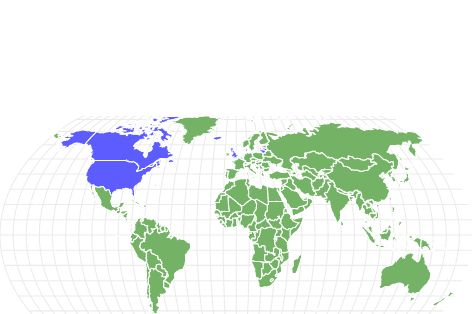Giant House Spider
Eratigena atrica
They are the fastest invertebrates in the U.K.
Advertisement
Giant House Spider Scientific Classification
- Kingdom
- Animalia
- Phylum
- Arthropoda
- Class
- Arachnida
- Order
- Araneae
- Family
- Agelenidae
- Genus
- Eratigena
- Scientific Name
- Eratigena atrica
Read our Complete Guide to Classification of Animals.
Giant House Spider Conservation Status
Giant House Spider Facts
- Prey
- Insects, small invertebrates, small birds
- Group Behavior
- Solitary
- Fun Fact
- They are the fastest invertebrates in the U.K.
- Most Distinctive Feature
- Massive size
- Other Name(s)
- Aggressive House Spider
- Gestation Period
- 2-3 weeks
- Litter Size
- 50-60 eggs
- Habitat
- Dark corners inside the house
- Predators
- Lizards, birds, centipedes
- Diet
- Carnivore
- Lifestyle
- Nocturnal
- Common Name
- Giant House Spider
- Number Of Species
- 3
Giant House Spider Physical Characteristics
- Color
- Brown
- Skin Type
- Hair
- Length
- Body up to 0.59 in long and leg span up to 2.95 in
- Venomous
- Yes
- Aggression
- Low
View all of the Giant House Spider images!
A Giant House Spider is the larger relative of the House Spider. The female can grow to be 0.73 inches long in the body with a leg span of around 1.8 inches, while males are a little smaller in the body at 0.47-0.59 inches long but with a leg span of 0.98-2.95 inches. It is found all through the year but mainly pops out during the fall or autumn season. They are seen around the house with their sheet-like cobwebs spread near warmer areas to avoid the cold. The male species die after mating and are often eaten by their female partners once dead.
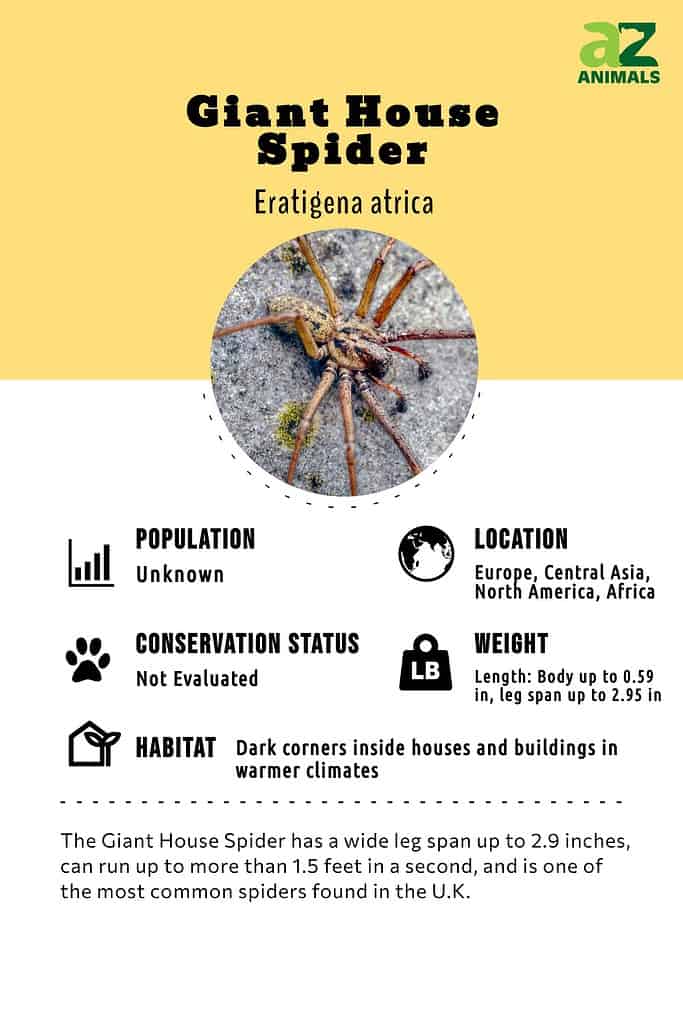
Scientific Name
The Giant House Spider’s scientific name is Eratigena atrica. It was previously regarded as Tegenaria atrica but in 2013, the genus was shifted to Eratigena because Tegenaria was not monophyletic (they did not share a common ancestor).
The Giant House Spider belongs to the order Araneae and the family Agelenidae.
It is also called the Aggressive House Spider because of the way it tackles prey. Although not a big threat to humans, in the U.K., they are considered big scary spiders due to TV shows and movie depictions. They are similar to the House Spider (Eratigena domestica) but are comparatively much bigger in size.
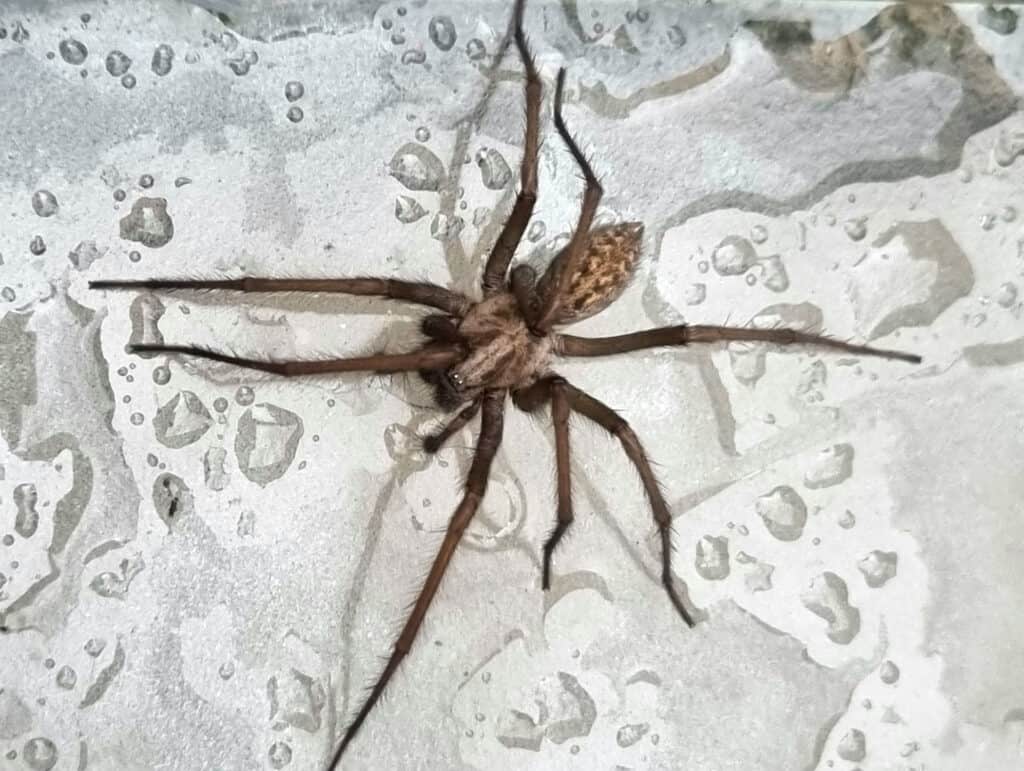
The Giant House Spider’s scientific name is
Eratigena atrica.
©iStock.com/Kelly McCutcheon
3 Types of Giant House Spider
As of now, there are three known species of the Giant House Spider. They are:
- Eratigena atrica
- Eratigena duellica
- Eratigena saeva.
These are often called the “Eratigena atrica group” as it is very hard to differentiate between the three without close examination.
Evolution and Origins
Spiders most likely were first present on Earth around 400 million years ago. The earliest of the species are thought to have descended from aquatic arachnids that migrated onto land. There is fossil evidence of Attercopus fimbriungus dating back 380 million years ago to the Devonian Period indicating spiders are older than dinosaurs.
Amber fossils reveal that spiders alive 30 million years ago were similar to modern-day spiders, indicating that there has been minimal evolutionary change over the years.

Modern-day spiders like the
Common House Spider
are similar to amber fossils specimens 30 million years old.
©Sample Stars/Shutterstock.com
Appearance
A Giant House Spider is muddy brown and has a large hairy body. It is one of the fastest invertebrates and can run up to more than 1.5 feet in a second. It’s also one of the most common kinds of spiders found in the United Kingdom.
The females are larger than the males. While a female may be nearly 0.73 inches in size, a male measures up to 0.59 inches. Apart from size, there is a general distinction between both genders. The males have longer legs while the abdomen of a female is broader in size. Moreover, males have swollen palps that are present at the end of their legs. As for the females, they have a very distinguished egg sac that is present after the mating season in summer.
The Giant House Spider has three darker bands on its anterior part of the body while its posterior part features one light band with six spots on either side of the band. They have four pairs of long, spiny, and hairy legs.
They have huge leg spans which is what gave them the name of the Giant House Spider. Their legs are almost as large as their whole bodies. Females can spread their legs up to 1.8 inches while males have a variable leg span. It can range from 0.98 inches to 2.9 inches long!
They have eight eyes that are arranged in two rows. They are all of the same size but are not as functional as other animals’ eyes. Their eyes contain very few visual cells, allowing them to only differentiate between day and night.
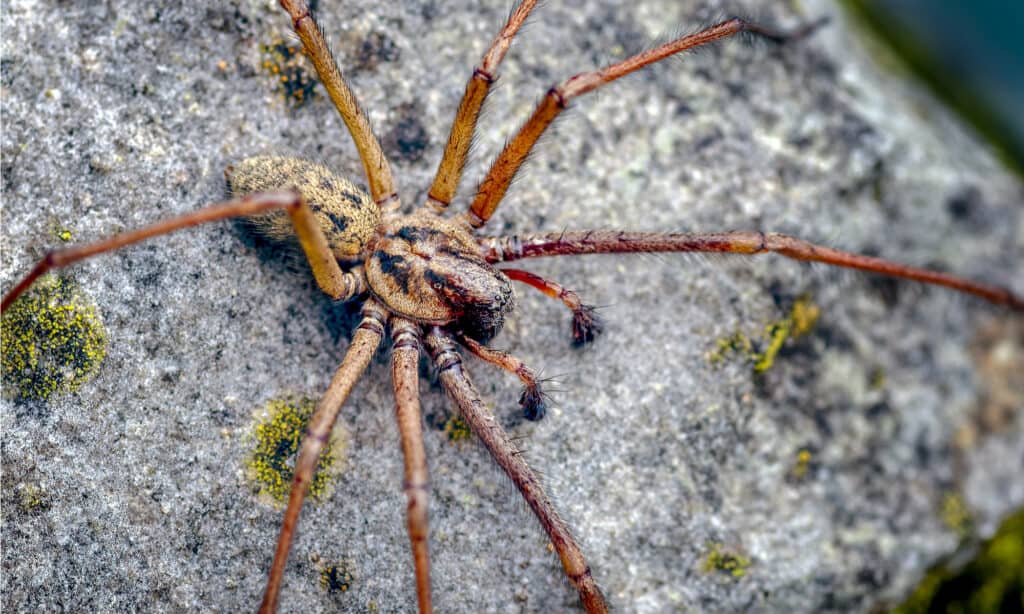
The Giant House Spider has huge leg spans.
©R K Hill/Shutterstock.com
Behavior
The Giant House Spider’s behavior is mainly solitary. They reside on their webs, waiting for their prey to come, and then eat them up as a reward for waiting. But that is mainly true for females and it works for them because they can be found throughout the year. Males, on the other hand, can be seen moving around the house from July to October. They are not aggressive although many people think of them as dangerous due to their larger size.
When spiders live in groups, it is called a colony. And it is not usual for a spider to live in a colony but the Giant House Spider’s spiderlings can be seen living together for only a certain time period, around a month.
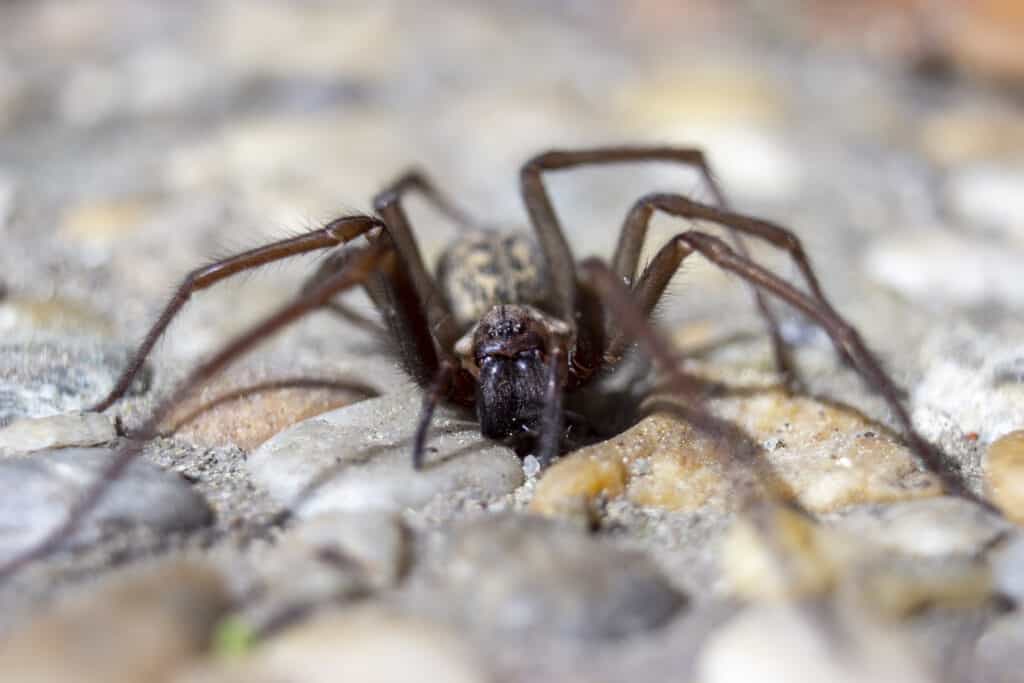
The Giant House Spider is primarily solitary.
©iStock.com/JK21
Habitat
The Giant House Spiders are quite widespread. You can spot them mainly in Europe, Central Asia, North America, and some parts of Africa.
You will mostly find them in the warmer climate. If it is cold outside, you will see them hiding in crevices and holes for warmth. From houses to buildings, they find the darkest spots to build their cobwebs. Some of the places they are present are walls, windows, fireplaces, sofas, warehouses, basements, and such.
They can also be seen in the wild, taking refuge in warm shelters where they can stay hidden. The Giant House Spider prefers the warmer climate, which is why they might look to live in buildings or houses.

While Giant House Spiders are often found inside, they are also seen in the wild.
©Trygve Finkelsen/Shutterstock.com
Diet
The Giant House Spider is a carnivore. It eats various kinds of insects but may even gobble up small birds if it is out in the wild. Most of the life of the Giant House Spider is spent either waiting for its prey or mating. They have the ability to stay alive without food or water for a few months.
The males might wander off for food but the females wait patiently for the prey to come to them. It waits for them to get caught in its cobweb, darts at top speed to the prey, and injects its venom to subdue the victim. Once it is paralyzed, the Giant House Spider produces silk to wrap up its food and takes it back to the shelter to eat the captured prey in peace.
They eat insects like crickets, flies, moths, invertebrates, and small birds.
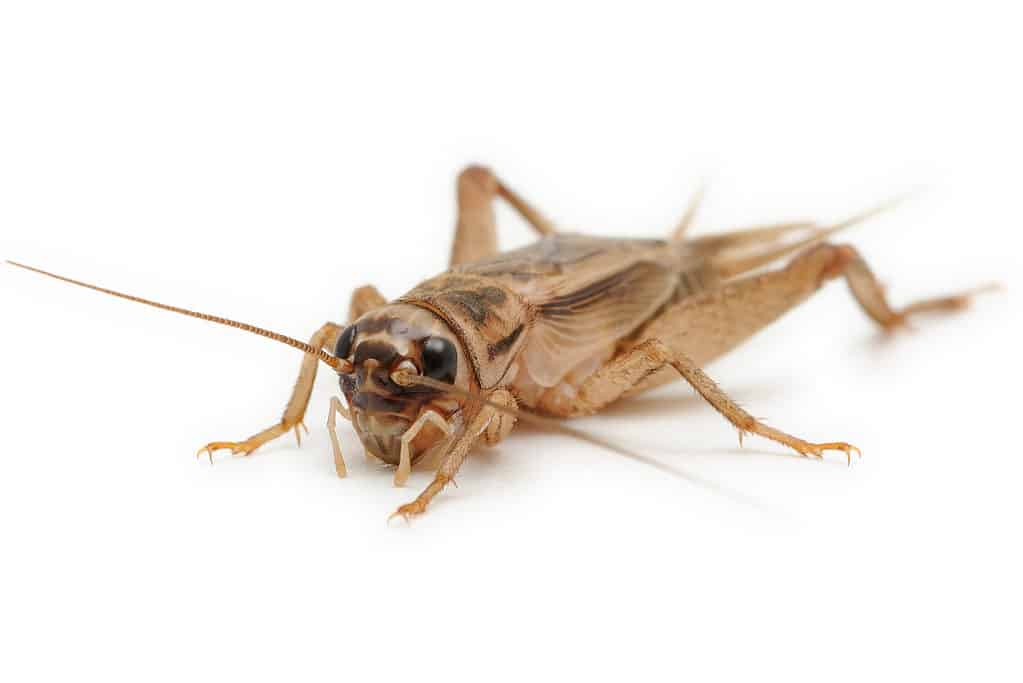
The Giant House Spider’s diet includes crickets.
©iStock.com/Florian DENIS
Predators and Threats
The Giant House Spider’s predators include lizards, hawks, and centipedes to name a few.
Humans are a big threat to these spiders if people kill them out of fear due to their large size.
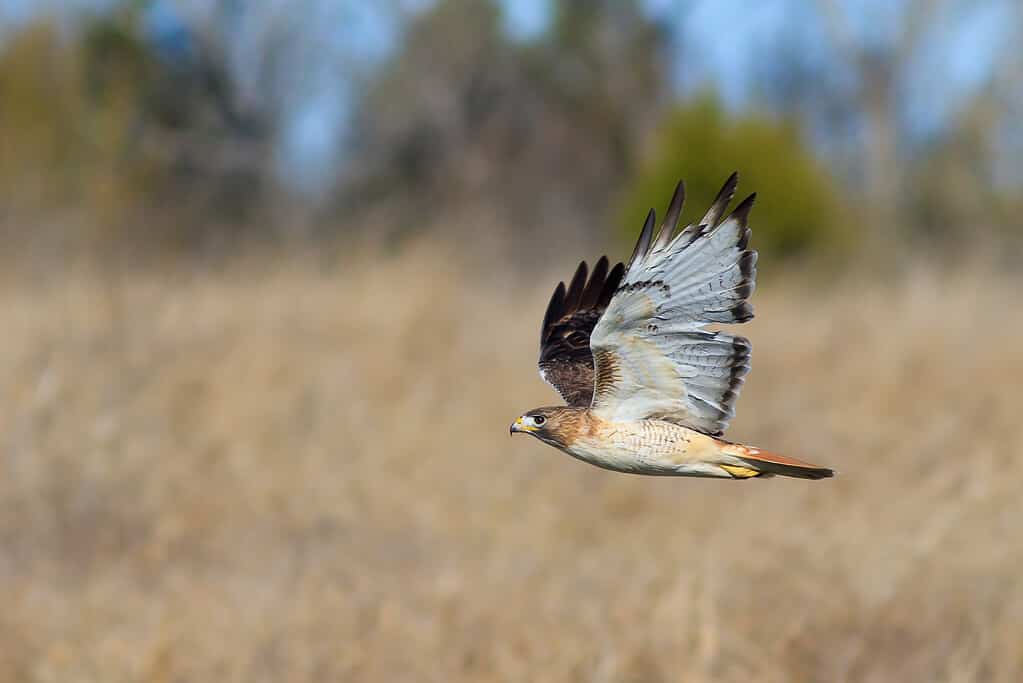
Hawks are among the Giant House Spider’s predators.
©iStock.com/cmcneill17
Prevention: How to Get Rid of Giant House Spiders
The Giant House Spiders are venomous but their venom is not that dangerous. They are neither aggressive nor do they go the extra mile to hunt their prey. They will only bite when they are provoked or feel endangered. Their venom subdues the prey and they may bite a human too. But their bites are not harmful to humans.
The most you will experience is redness and/or swelling around the bite. And sometimes, a pang of pain may be observed. It is, however, unlikely for humans to experience the Giant House Spider’s bites as they mostly come out at night.
But if you wish to remove the spider colonies or prevent them from being set up in the first place, you can seek out the following methods for help:
- The best method is to brew up peppermint oil and spray the house with it.
- Place citrus fruits and other similar smells around the house where you think the Giant House Spider is residing.
- Use a broom to remove spider webs and seal all cracks and crevices.
- Call an exterminator.

Spraying peppermint oil around the house can help keep out Giant House Spiders.
©Madeleine Steinbach/Shutterstock.com
Reproduction, Babies, and Lifespan
The mating season begins in fall/autumn. The males die shortly after, which allows the females to eat them up. The females then produce around 60 eggs in their egg sacs. Of these eggs, only about 1% will survive to reach adulthood. They go through the process of molting 7 to 8 times to reach the immature stage and then after another molt, they reach sexual maturity. The male species die after mating and are often eaten up by their female partners once dead.
These spiders typically can live for 2-3 years but have been known to live up to 6 years of age.
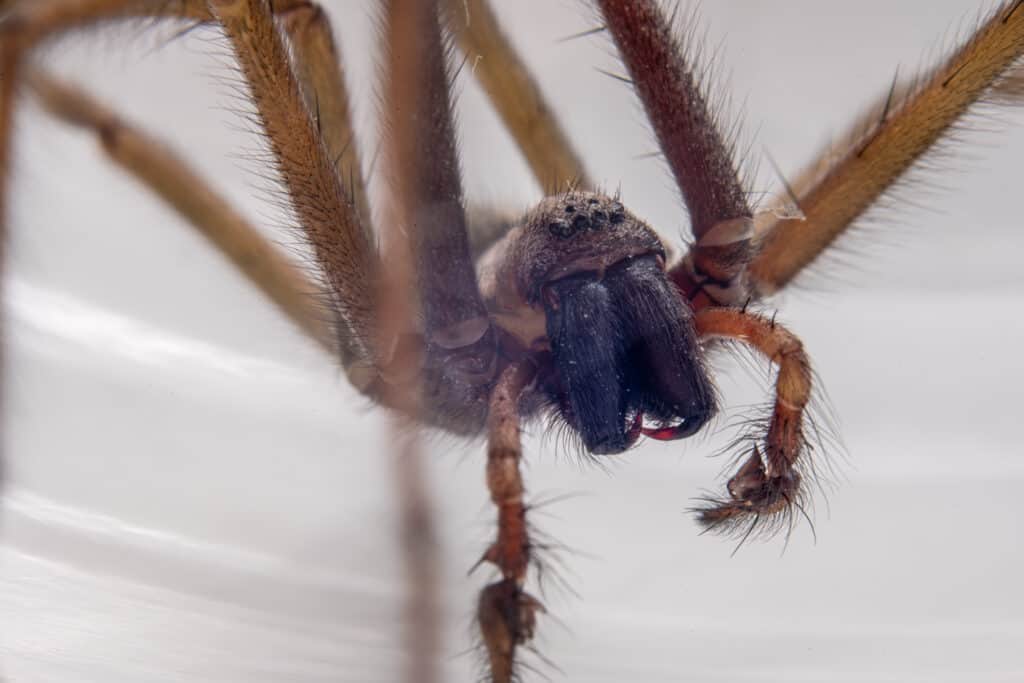
The mating season of the Giant house spider starts in the fall.
©iStock.com/Trygve Finkelsen
Population and Conservation
The Giant House Spider’s population is unknown and not listed on the IUCN’s Red List of Threatened Species.
Up Next…
Have a look at some of our other spider-related articles.
- Plagues Of Snakes And Spiders – Find out why you often see them after a flood.
- How Many Spiders Are In The World? – If you really want to know we will tell you.
- What are Social Spiders? – We have the answer to all your questions about social spiders.
Giant House Spider FAQs (Frequently Asked Questions)
Are Giant House Spiders dangerous?
No, they are not dangerous. They are venomous but they inject it only when they are provoked. Even then, its intensity is not that high enough to be fatal for humans.
How many legs does the Giant House Spider have?
It has 8 long, spiny, and hairy legs.
How fast is a Giant House Spider?
They are one of the fastest invertebrates. They can travel 1.7 feet per second!
How do you identify the Giant House Spiders?
They are identified on the basis of their huge size. Plus, their legs can expand quite wide, which gives away their presence.
Thank you for reading! Have some feedback for us? Contact the AZ Animals editorial team.
Sources
- Glenlivet Wildlife, Available here: https://glenlivet-wildlife.co.uk/insects/giant-house-spider/
- Wikipedia, Available here: https://en.wikipedia.org/wiki/Giant_house_spider
- Candide, Available here: https://candide.com/GB/insects/472a5452-2331-4127-a762-067fed82311f
- Science Focus, Available here: https://www.sciencefocus.com/nature/giant-house-spiders/
- UK Safari, Available here: https://www.uksafari.com/housespiders.htm
- Wildlife Trusts, Available here: https://www.wildlifetrusts.org/wildlife-explorer/invertebrates/spiders/giant-house-spider
- Orkin, Available here: https://www.orkin.com/pests/spiders/giant-house-spiders

